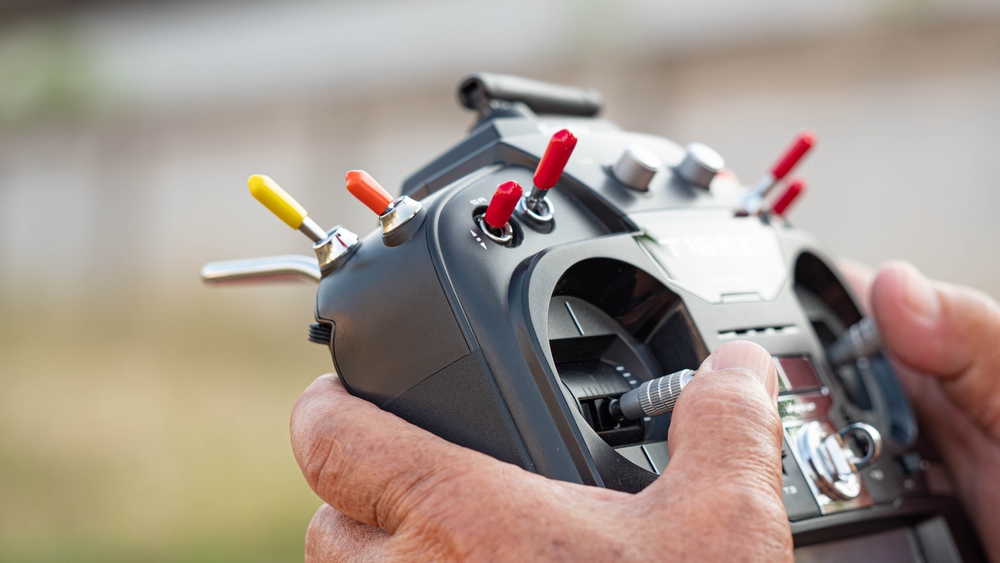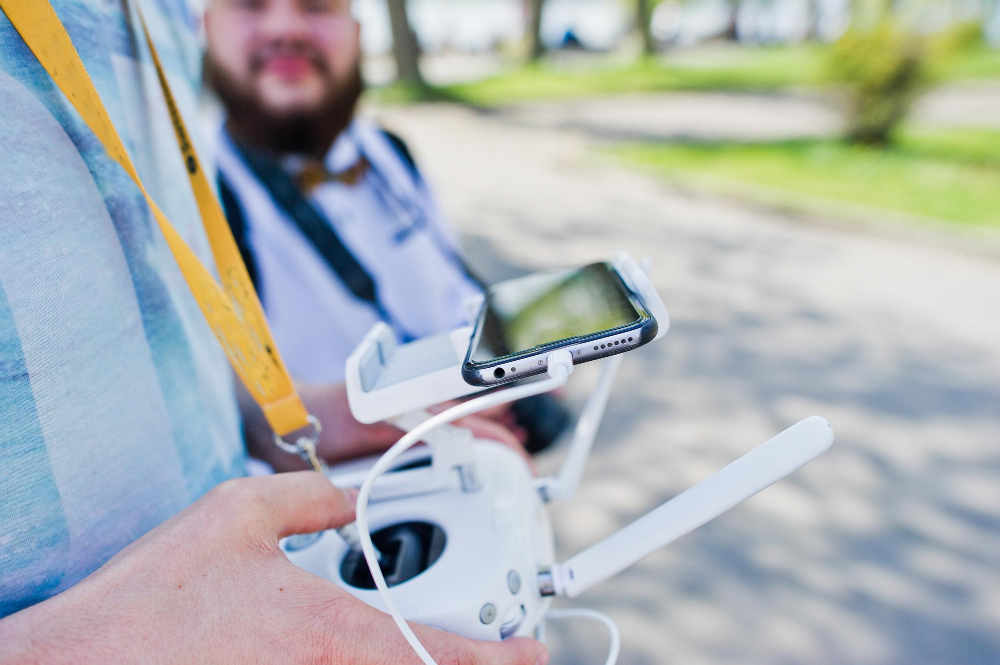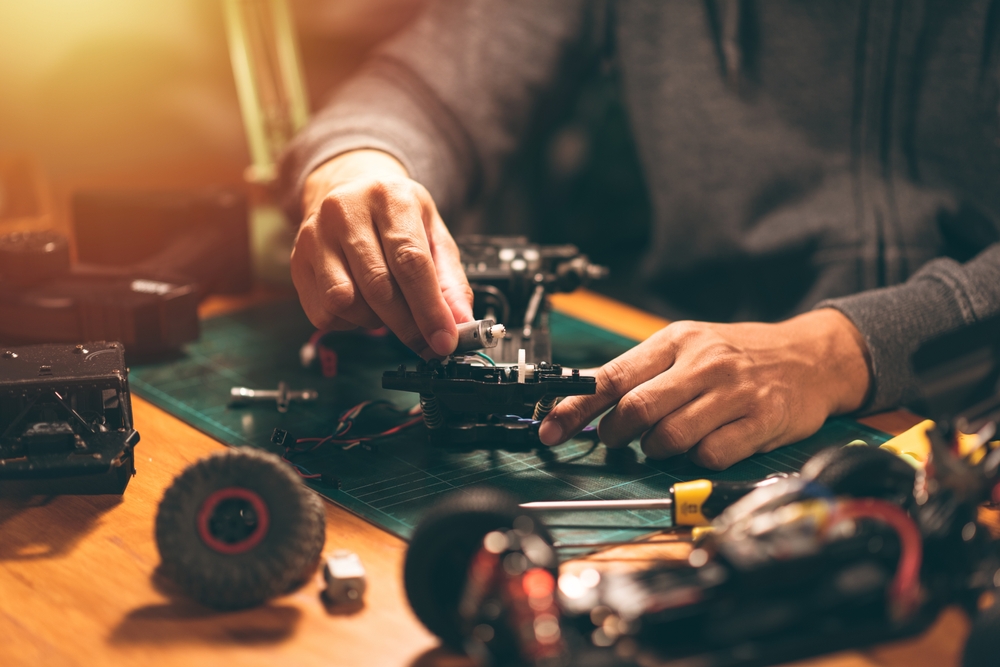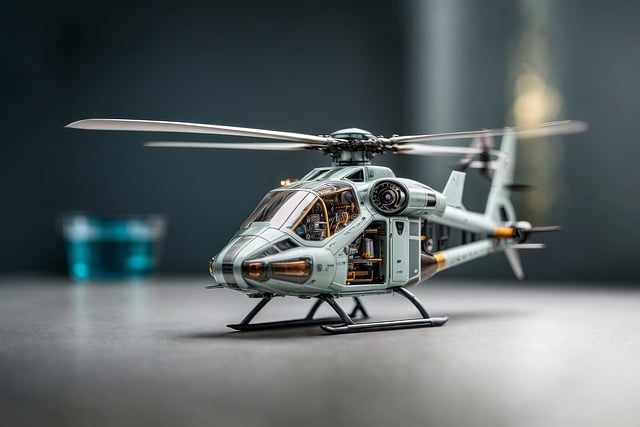Servo control is a method of managing the position of servomotors through pulse-width modulation (PWM). In this process, a series of repeating pulses of variable width is sent to the servo, determining its position. Common in radio-controlled (RC) hobbies, these servos use a standard three-wire connection: two for power and one for control.
Pulse Duration: The position of a servo is influenced by the width of the pulse. Typically, a pulse of 1.5 milliseconds positions the servo at its neutral (90°) point. The exact positioning depends on the duration of these pulses, with shorter pulses turning the servo counterclockwise and longer pulses turning it clockwise. For example, pulses range from about 1 millisecond (full counterclockwise) to 2 milliseconds (full clockwise).
Force: When a servo is commanded to move to a position, it will maintain that position despite external forces, resisting movement with a force up to its torque rating. This holding force is maintained as long as the position pulses are continuously sent, typically every 20 milliseconds.
Variations: Different servos have varying pulse width ranges for full rotation. However, a general range is 1 to 2 milliseconds for most servos.
The key points about servo control are:
- Servos have a 3-wire connection: power (+4.8 to 6V DC), ground, and a PWM input signal
- The PWM signal has a period of around 20ms (50Hz) and a pulse width typically between 1-2ms
- The pulse width controls the position of the servo shaft, with 1ms being one extreme position, 2ms the other extreme, and 1.5ms the center position
- Servos contain a DC motor, gearbox, potentiometer for position feedback, and control circuitry inside the servo case
- The servo control circuitry compares the input PWM signal to the potentiometer feedback to generate an error signal that drives the motor to the desired position
To generate the servo control signal, you can use a dedicated servo controller, a microcontroller with PWM outputs, or even a 555 timer circuit. The servo library in Arduino uses 16-bit timers to achieve the precise timing needed for accurate servo control.
In summary, servo control is a simple and effective way to control the position of hobby servos using a PWM signal, with many options available for generating that signal from various electronic components and microcontrollers.




